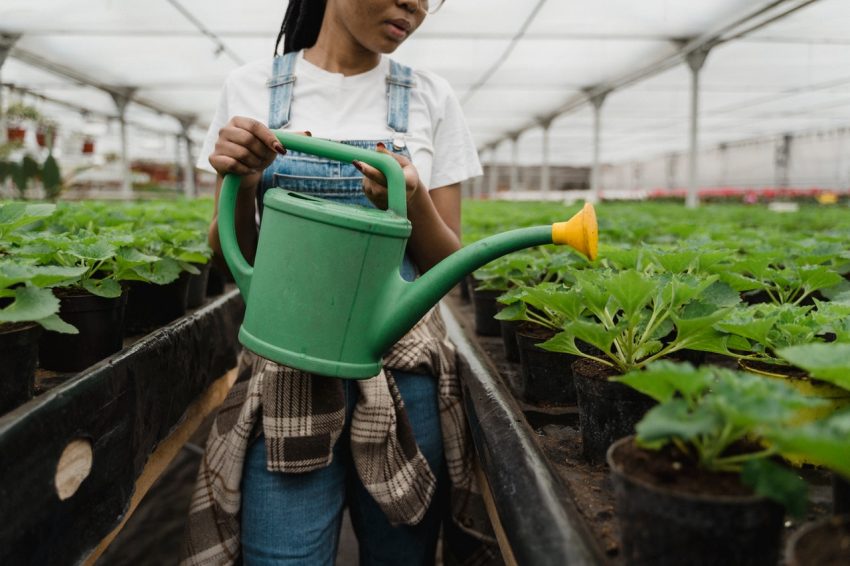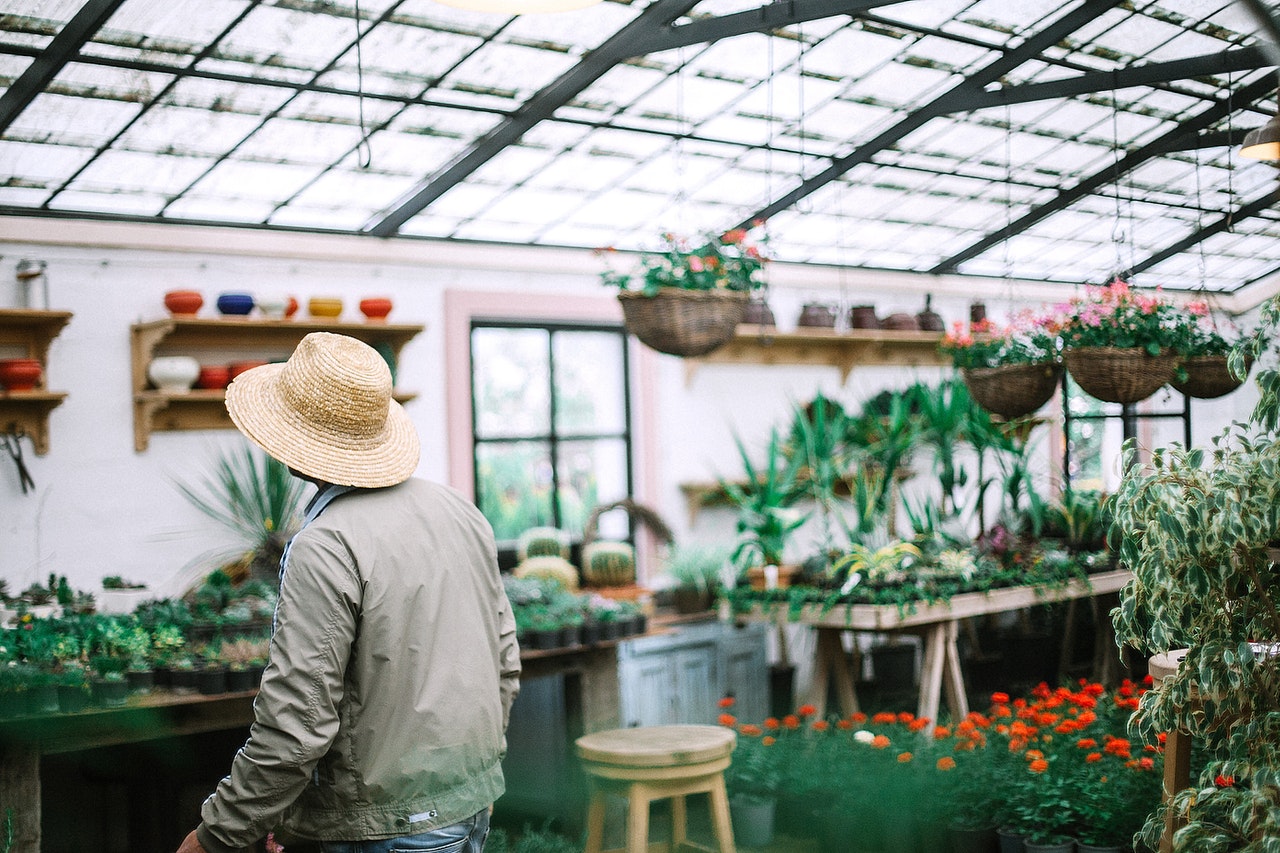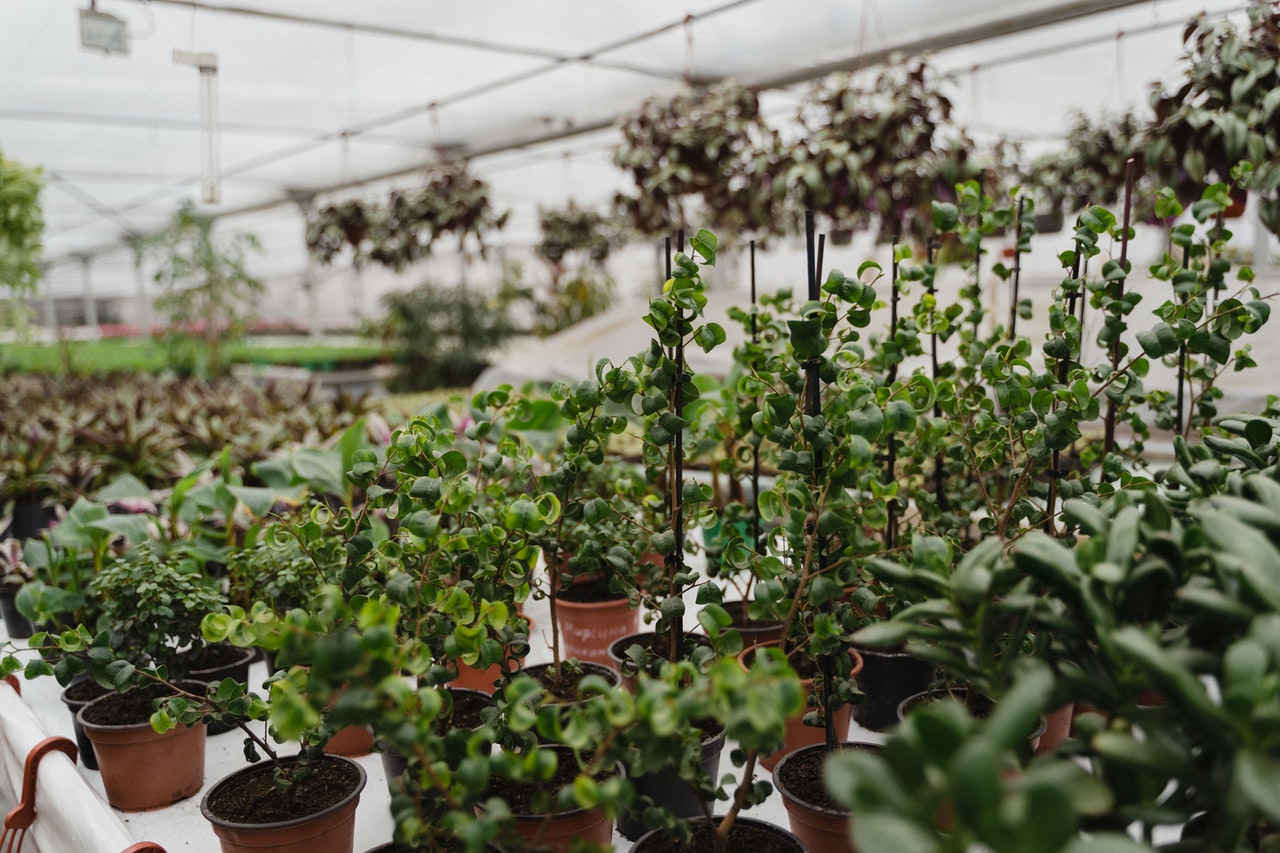How to garden in small spaces, the best ideas

You don’t need a lot of space to make a garden at home, and you don’t necessarily have to have a garden either. You can start growing some tasty things today if you have an enormous container, soil, water, and sun. Home gardeners always look for high yields in a small space, so they develop varieties that can grow in a tight area or even live in containers year-round.
With the growing interest from home gardeners, there has been an increase in the sowing of traditional seeds and new hybrid varieties. You don’t need a large area to have a vegetable garden, just good soil, lots of suns, a water feature (and probably a fence if you do it in your yard). You can start your vegetable garden if you have a small sunny spot in your garden or even on a patio or balcony. Here’s how to get started:
SITE CONSIDERATIONS
When deciding where to locate your small gardens or containers, you need to consider several essential components. If the location you select can provide enough sunlight, access to a water source, and has rich, fertile soil, your garden will do the trick.
Sun: Crops need at least six to eight hours of direct sunlight every day. Without the sun, the fruits will not ripen, and the plants will be stressed. Even if the site is exposed to the sun, some can survive light shade, such as lettuce and other leafy greens, root vegetables, broccoli, and cabbage crops.
Water: crops require regular watering. Otherwise, they won’t fill up, and some, like tomatoes, will crack if they suddenly fill up with water after being in short supply for a while. You can’t always trust the rain. If you have the means, a drip irrigation system is a definite advantage for a vegetable garden. The new component systems are pretty easy to install and cost a lot less than most people think. And you will save money on water because it goes directly to the plant’s roots and less water is lost to evaporation. Even a simple soaker hose is better than a sprinkler system that moistens the foliage, leaving plants prone to pests and fungi. If you don’t want to opt for drip irrigation, locate your garden near a water tap.
Soil: this last consideration is essential. Crops need soil rich in organic matter. Fertile soil is important for the growth of all plants, but even more so in the case of vegetables because even the taste is affected by the quality of the soil. Its health is why wine from the same grape variety can vary from region to region and why some areas grow hotter peppers than others.

HOW MUCH SPACE DOES IT OCCUPY
Of course, a small vegetable garden may not be enough for subsistence farming, but it will be enough to grow great-tasting tomatoes, some beautiful eggplants and bell peppers, or a steady supply of leafy greens. If you have limited space, consider vegetables that you can easily buy fresh in your area and vegetables that you love but can’t buy locally.
Choose compact varieties. If you want to grow giant tomatoes or a row of sweet corn, the space to grow other vegetables in your small garden will be limited. But even then, you can choose varieties that are recommended for growing in small areas. Anything with the words yard, tiny, compact, baby, or dwarf in the name is a good fit. Just because a plant is bred to be small does not mean that the fruits will be small or lower yield. The labelling of most seeds and seedlings will indicate the mature size of the plant varieties you are selecting, knowing that you can space things out and see how many plants you can fit in your garden space. However, you are more likely to do what most gardeners do and squeeze as many seedlings as you can into your garden and then deal with the crowding later. That’s one way to get excellent performance in a small space, but it’s not the best solution. If you have little room, plant your vegetables with your flowers. No rule says you cannot mix the two. It can be a bit more challenging to harvest, but many greens can be ornamental in their own right. As a bonus, the flowers also attract pollinators to your vegetable crops.
Growth vertically. If you choose to grow various vegetables in your small garden, look for compact varieties and vine crops that can be trained to grow vertically on support structures. Pole beans take up less space than bush beans. As aggressive as they may be, cucumbers and gourds take up less space than their shrub-like cousins.
Supplementary planting is often touted for the benefit of reducing pest infestations, but it also serves to conserve space. Shade tolerant plants benefit from being planted alongside taller crops. Basil likes a respite from the hot afternoon sun and does well with tomatoes. Lettuce will continue to produce throughout the summer if it is shaded by almost any taller plant. Vegetables harvested early, such as spinach, radishes, and peas can be planted with slower-growing crops, such as broccoli or bell peppers, which will not take up the space until the vegetables have been harvested in spring.
Successive planting is a valuable technique for any garden, large or small, but it is more helpful when space is limited. Successive seeding means replanting fast-growing crops every two to three weeks during the growing season. It’s especially useful with crops like beans, zucchini, and lettuce that tend to run out of production. By planting in succession, you will produce enough food for your family’s appetite and have it all summer, not all at once.

DISADVANTAGES OF HAVING A SMALL GARDEN
Rotating your crops to grow in different garden areas each year reduces fungal diseases and insect pests that overwinter in the soil. However, crop rotation is not possible in small gardens. There, care must be taken not to let pest and disease problems run rampant. If a large-scale problem occurs, such as a squash beetle infestation or a septoria leaf spot on tomatoes, seriously consider not growing that plant in the same crop family for at least a year. It will be a sacrifice, but a year without a harvest is better than several consecutive years of a disappointing harvest.
GROWING FRUITS AND VEGETABLES IN CONTAINERS
As with ornamental container gardening, vegetable container gardening is a way to control your edible plants’ soil, sun, and growing conditions. This way, you will be able to utilize the smallest spaces by placing the containers on your patio, balcony, entrance steps and along the house’s foundation and the driveway. Virtually any fruit, vegetable, or herb can be grown in a container if the container is large enough to accommodate the plant’s mature size.
Herbs and leafy greens can be grown in small containers or hanging baskets. Fruit plants like tomatoes, bell peppers, eggplants, and cucumbers work best when planted in 5-gallon containers or larger, of course. The larger the container, the more soil it contains and the less often you will need to water (daily or every other day instead of twice a day). The material used to make the container and the colour of the container also affect how quickly it dries. Clay and terra cotta containers lose moisture faster, and black containers retain more heat.
You can buy precisely balanced soil for vegetable potting with slow-release fertilizer already mixed in for a hassle-free garden.
GROW ON THE WINDOWSILL
Growing edibles indoors on a windowsill is an easy, tight-space option for frequently harvested plants like herbs and lettuce. But window sill gardening isn’t just for gardeners with limited space. Any gardener can extend the growing season by potting some herbs and growing them indoors, provided enough sunlight and water. If an area inside your home gets enough sunlight, you can even grow some vegetables indoors.
CHOOSE PLANTS WISELY
When growing in a small space, it’s hard to fight the temptation to plant too much. Plants that are too close together end up competing for nutrients and light, and a dense canopy can create more disease pressure. Therefore, fewer appropriately spaced plants will give you a better yield than squeezing many plants into the same space.
With that in mind, avoid planting things like squash and winter squash in a small garden; These crops take up a lot of space and are easy to find at farmers markets later in the summer. Opt for smaller plants to grow a wider variety of things.
For small containers like planters, herbs, annuals, and lettuce leaves are great options. These plants grow quickly, and generally, many crops can be obtained during the summer. An added benefit of growing herbs is that you can dry them and enjoy them all year long.
When looking for plants that grow well in containers, look for terms like “compact,” “neat plant habit,” or “short stature” in plant descriptions or seed packages. For some common vegetables, you will need to decide between determinate and indeterminate varieties.
– A given variety will grow to a specific size and then bloom and produce fruit simultaneously. Certain types are generally preferred for growing in pots, as they require less maintenance and remain compact.
– An indeterminate variety will continue to grow, flower and bear fruit throughout the summer. Indeterminate varieties generally require staking and pruning, while determinate varieties maintain a shrub-like shape. Suppose you have a lot of vertical space and trellis materials. In that case, an indeterminate variety can be an excellent way to use that vertical space, allowing other things like grasses in the undergrowth.
FIND WAYS TO ROTATE
In annual gardens, crop rotation provides numerous benefits. Mainly, the rotation between plant families helps to reduce the pressure of diseases. Also, different plants use different nutrients and have other root structures, so rotating the places where you grow your veggies can benefit the soil.
Some ways to rotate in a small space include building raised beds to enclose areas, growing pots, and coordinating with your neighbours. For example, one neighbour could grow tomatoes this year, and another could grow cucumbers. Next year may change who grows what, and everyone shares their crops, so everyone gets a little of everything.
If you have multiple raised beds, keep the prominent plant families together on the same bed so that you can rotate them all to a new bed the following year. You can still intersperse flowers and herbs in the beds but keep the leading families together. Some examples of the top vegetable families include:
– Solanaceae plants: tomatoes, peppers, potatoes, aubergines.
– Cucurbits: cucumber, melon, pumpkin, pumpkins
– Brassicas: broccoli, cauliflower, kale, pak choi, mizuna, arugula, cabbage
– Apiaceae family: carrots, parsnips, coriander, dill, fennel, parsley
– Allums: garlic, onion, chives, leek
– Amaranth: spinach, chard, beet, amaranth
If possible, maintain a 3- to 4-year rotation. If you plant tomatoes in a bed this year, try to avoid planting other nightshade plants in that bed for about three years. This can be difficult to do in a small garden, so do your best.
Leave a Reply
You must be logged in to post a comment.